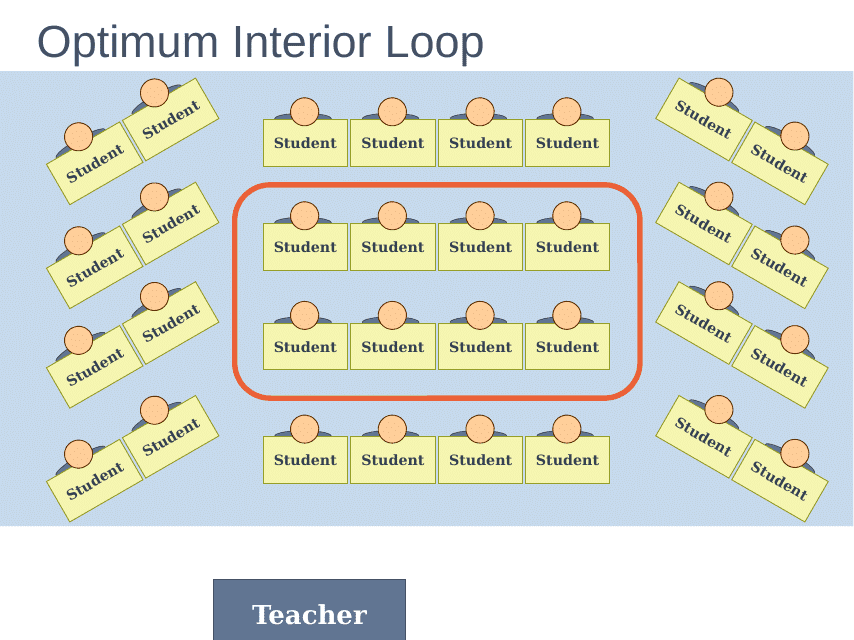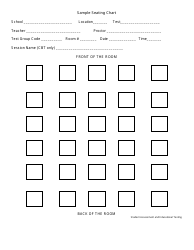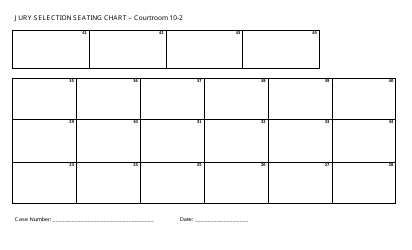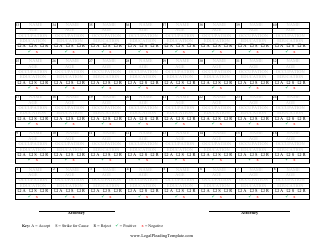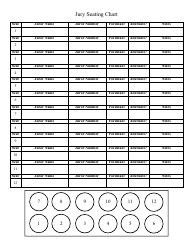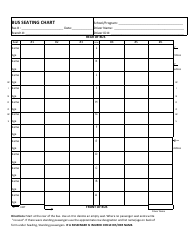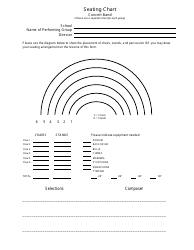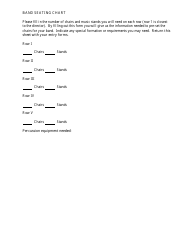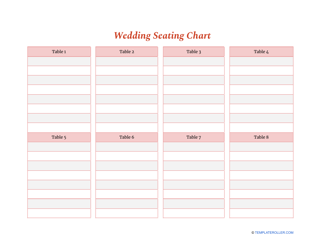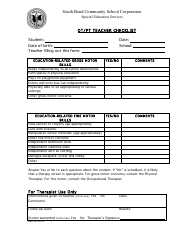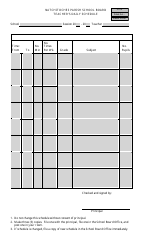Classroom Seating Charts
Classroom seating charts are used to assign students specific seats within a classroom. This helps with organization, classroom management, and fostering a positive learning environment.
In the United States, the classroom seating charts are usually filed by the respective teachers or school administrators.
FAQ
Q: What is a classroom seating chart?
A: A classroom seating chart is a layout or diagram that shows where students will sit in a classroom.
Q: Why are classroom seating charts used?
A: Classroom seating charts are used to help organize and manage students in a classroom, promote classroom management, and enhance learning.
Q: What are the benefits of using a classroom seating chart?
A: Benefits of using a classroom seating chart include improved classroom management, increased student engagement, and better interaction among students.
Q: How do teachers create a classroom seating chart?
A: Teachers can create a classroom seating chart by considering various factors such as classroom layout, student dynamics, and individual student needs.
Q: Can students request a specific seat in the classroom seating chart?
A: It depends on the teacher's policy. Some teachers may allow students to request a specific seat, while others may assign seats based on various criteria.
Q: Are classroom seating charts necessary?
A: Classroom seating charts are not always necessary, but they can be helpful in creating an organized and productive learning environment.
Q: Do classroom seating charts change frequently?
A: The frequency of changing classroom seating charts depends on the teacher's preference and the specific needs of the classroom.
Q: Are there any alternative seating arrangements that can be used instead of traditional classroom seating charts?
A: Yes, alternative seating arrangements such as flexible seating or collaborative workstations can be used to promote student engagement and interaction.
